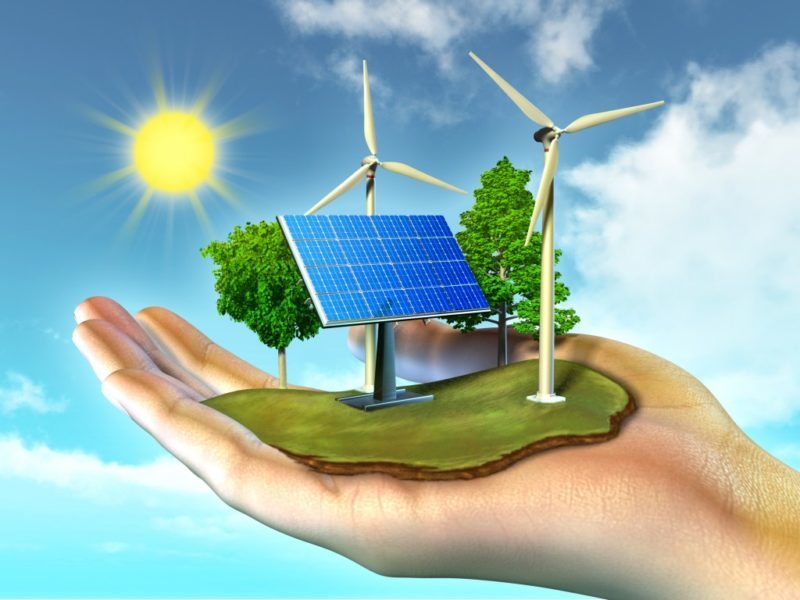In today’s world, population is mostly depending on non-renewable energy resources. With the constant growing demand for energy, natural gas, coal, and oil get used up and cannot replenish themselves. Due this heavy reliance on fossil fuels causes planetary scale damage, Sea levels rising, Carbon dioxide increases global warming etc. The only way to save our mother Earth and tackle this crisis is to start immediate transition to renewable energy.
WHAT IS RENEWABLE ENERGY?
Renewable energy, green energy, or low-carbon energy is energy from renewable resources that are naturally replenished on a human timescale such as sunlight, wind, thermal energy, water, and other organic materials etc.
From 2011 to 2021, renewable energy grew from 20% to 28% of global electricity supply. Use of fossil energy shrank from 68% to 62%, and to 15% while power from sun and wind increased from 2% to 10%. The commonly known renewable energies are given below.
SOLAR THERMAL ENERGY
Solar thermal energy, often referred to simply as solar thermal, is a technology that harnesses the heat from sunlight to generate electricity or provide heat for various applications. Unlike photovoltaic (PV) solar panels that directly convert sunlight into electricity, solar thermal systems utilize the heat energy of sunlight to produce thermal energy, which can be converted into electricity or used for heating purposes.
WIND POWER
Wind power, a form of renewable energy, has gained significant attention as a clean and sustainable alternative to traditional fossil fuel-based electricity generation. Harnessing the kinetic energy of moving air, wind power has become a prominent contributor to global energy portfolios. Historically, wind power was used, by sails, windmills, and windpumps. But today we mostly used to generate electricity. Wind power is one of the lowest-cost electricity sources per unit of energy produced.
HYDROPOWER ENERGY
Hydropower, often referred to as hydroelectric power, is a renewable energy source that harnesses the energy of flowing water to generate electricity. Water can generate electricity with conversion efficiency of about 90%, which is the highest rate in renewable energy.
BIOMASS AND BIOFUELS
Biomass is biological material derived from living, or recently living organisms. It commonly refers to plants or plant-derived materials. As an energy source, biomass can either be used directly via combustion to produce heat, or indirectly after converting it to various forms of biofuel in solid, liquid or gaseous form. Biofuel include a wide range of fuels which are derived from biomass. The term covers solid, liquid, and gaseous fuels. Liquid biofuels include bio alcohols, such as bioethanol, and oils, such as biodiesel.
BENEFITS
- Reduced carbon emissions and air pollution from energy production
- Enhanced reliability, security, and resilience of the power grid
- Job creation through the increased production and manufacturing of renewable energy technologies
- Increased U.S. energy independencies.
- Expanded energy access for remote, coastal, or isolated communities.
DRAWBACKS
- Expensive installation
- Unreliable electricity production
- Low energy output
- Geographic limitations
CONCLUSION
As we navigate the complexities of energy transition, collaboration among governments, industries, academia, and communities will be pivotal in unlocking the full potential of renewable energy. Through innovation, policy support, investment, and public engagement, we can accelerate the transition toward a sustainable energy future that balances environmental stewardship, economic prosperity, and energy security. Renewable energy will make beautiful changes in present and future in a great manner.








